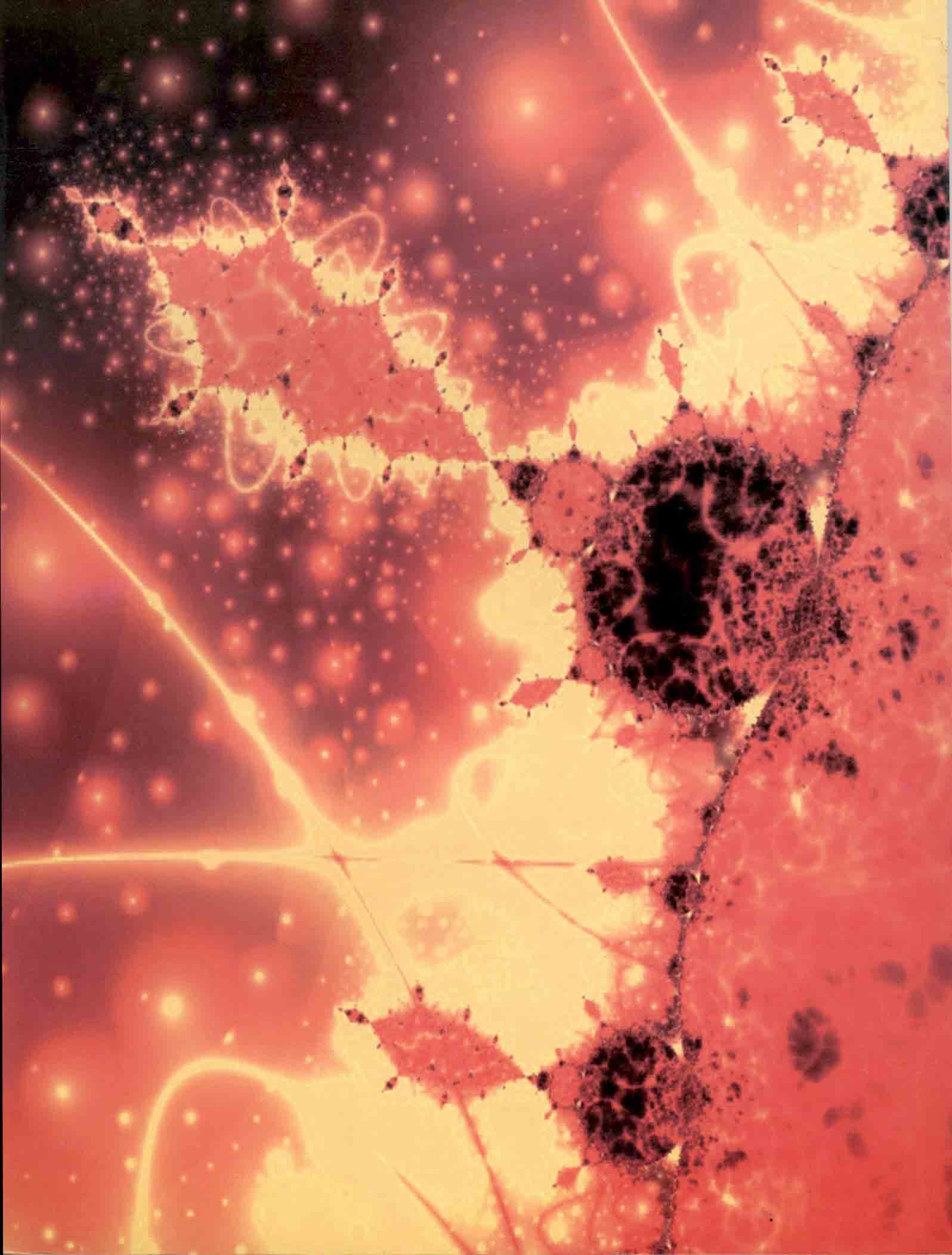1- Agency USEP(1993) The Watershed protection approach: Annual report 1992 (#EPA840-S-93-001).Washington, DC: US Environmental Protection Agency, Office of Water.
2- Agency USEP (2004) Protecting Water resources With smart growth (#EPA231-R-04-002). Washington, DC: US Environmental Protection Agency, Office of policy, Economics, and Innovation.
3-Arnold C. A., Gibbons, C.J. (1996) Impervious surface: the emergence of a key urban environmental indicator. American Planning Association Journal 62: 243-258.
4- Breiman L., Friedman, J.H., Olshen, R.A. and Stone, C.J (1984). Classification and regression trees. The Wadsworth Statistics/Probability Series Wadsworth International group California, USA.358 pp.
5- Fazeli R; Soffianian, A.R.(2008) Urban land cover mapping using Aster Terra satellite images, a case study: Isfahan city, Iran. International conference on cartography and GIS.
6- Gibbons C.(1996) Impervious Surface Coverage: The Emergence of a Key Environmental Indicator. Journal of the American Planning Association. 62:2:243-258.
7- Min X., Pramod K.V. and Manoj K.A (2005). Decision tree regression for soft classification of remote sensing data. Remote Sensing of Environment. 97:322-336.
8- Ridd M.K.(1995) Exploring a V-I-S(Vegetation-impervious surface-soil) model for urban ecosystem analysis thorough remote sensing: comparative anatomy for cities. International Journal of Remote Sensing. 88:170-186.
9- Schueler T.R.(1994) The Importance of Imperviousness. Watershed Protection Techniques 1:100-111.
10- Slonecker E.T.,JENNINGS, D.B., and Garofalo, D.(2001) Remote sensing of impervious surfaces: A review. Remote Sensing Review 20:227.
11- Sugumaran R.(2001) Forest Land Cover Classification Using Statistical and Artificial Neural Network. Approaches Applied to IRS LISS-III Sensor. Geocarto International.16:39-44.
12- Weng Q., Lu D.(2005) A sub-pixel analysis of urbanization effect on Land surface Temperature and its interplay with impervious surface and Vegetation coverage in Indianapolis, United States. International Journal of Applied Earth Observation and Geoinformation. 10:68-83.
13- Yang L., Huang, C., Homer, C.G., Wylie B.K. and Coan M.J.(2003) An approach for mapping Large-area impervious surfaces: Synergistic use of Landsat 7 ETM+ and high spatial resolution imagery. Canadian Journal of Remote Sensing. 29:230-240.

